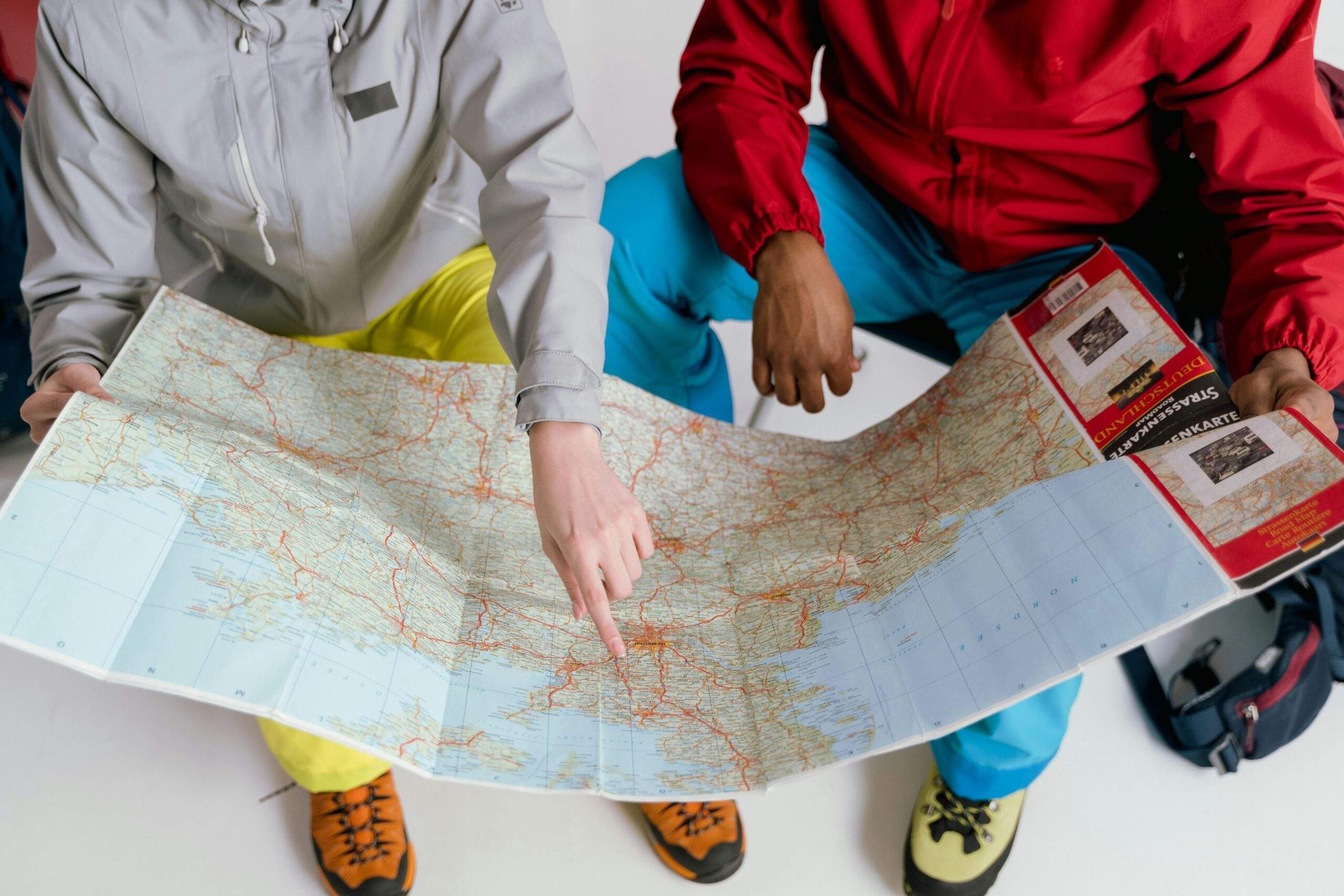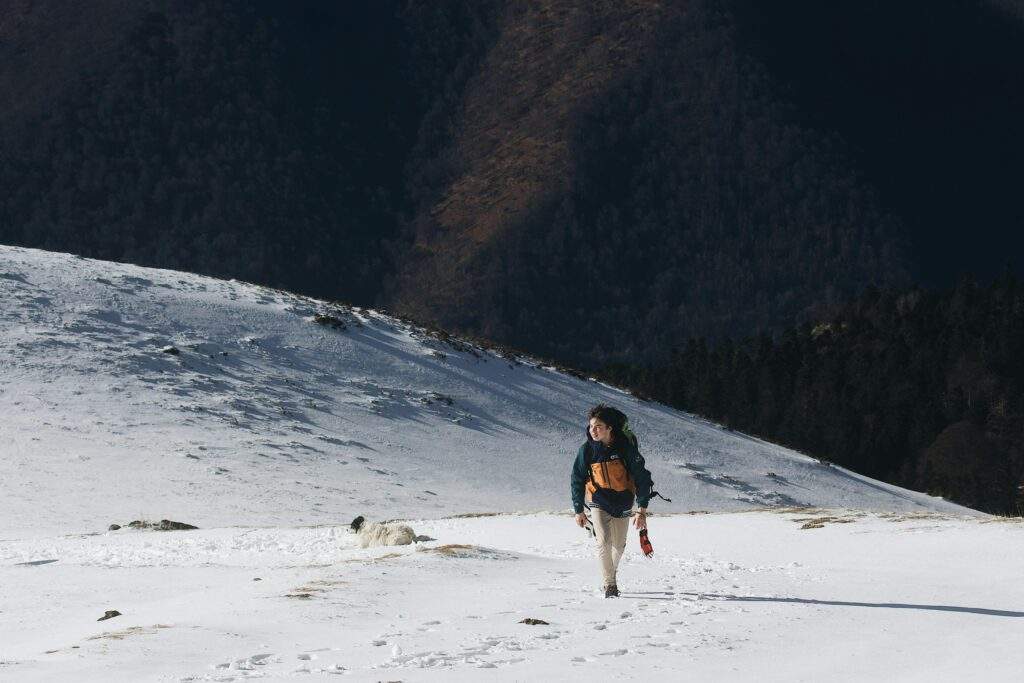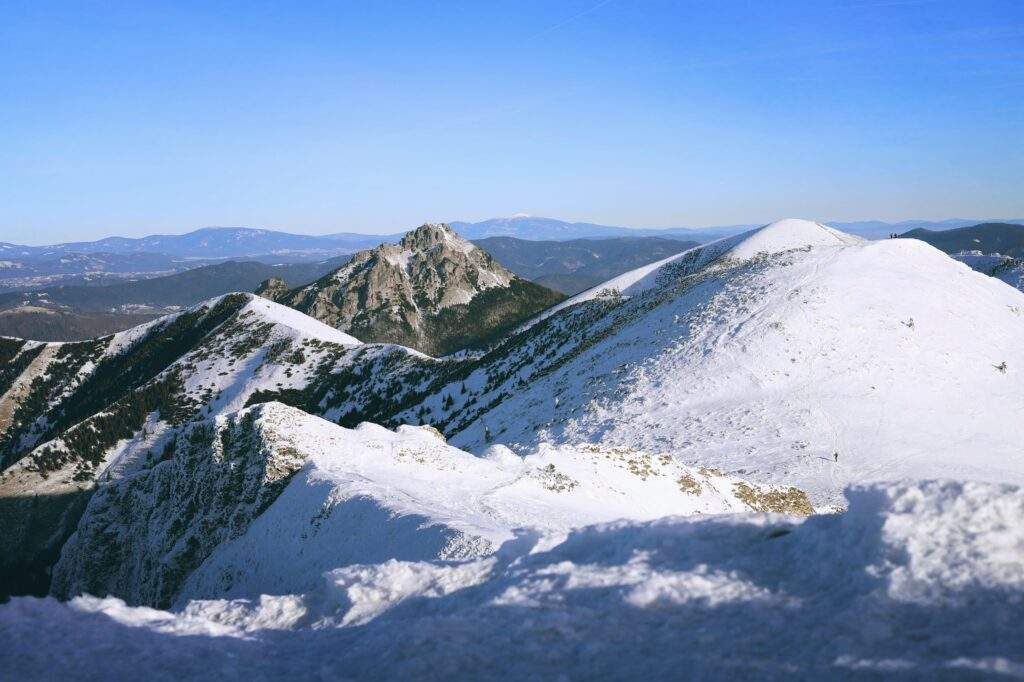Ever wondered why your snowshoeing tours feel more like survival missions than serene escapes? It’s probably because your winter hiking gear isn’t up to snuff. Whether it’s frostbite nipping at your toes or a backpack that feels like you’re hauling bricks, investing in the right equipment can turn your snowy hike into pure bliss. In this guide, we’ll walk you through everything—from must-have essentials to common rookie mistakes—so you’re ready to tackle those powdery trails with confidence.
This post has got you covered from A-Z:
- Key Insights at a Glance
- Why Poor Gear Ruins Your Experience
- How to Choose the Perfect Winter Hiking Gear
- Tips for Staying Warm and Safe
- Stories of Gear That Saved (or Failed) the Day
- Your Burning Questions Answered
Here’s What You’ll Learn
- How improper gear can derail your snowshoeing tours.
- Step-by-step instructions on choosing winter-specific equipment.
- Tried-and-true tips for staying cozy during freezing hikes.
- Inspiring stories from seasoned hikers about their go-to gear.
- Clear answers to frequently asked questions about winter hiking essentials.
The Cold Hard Problem: Is Your Gear Holding You Back?
I’ll admit it—I once wore regular sneakers on what I thought was “just a quick” snowshoe trail. Spoiler alert: My feet were soaked within an hour, and my mood soured faster than hot cocoa left outdoors. If only someone had told me back then how much proper winter hiking gear matters!
Snowshoeing isn’t just walking—it’s battling unpredictable weather, slippery terrain, and biting winds. Here are three reasons poor gear ruins your adventure:
- Frostbite Risks: Thin gloves or cotton socks? Kissing goodbye to warm fingers and toes.
- Energy Drain: Heavy boots dragging you down? Say adios to enjoying nature.
- Comfort Collapse: No waterproof outer layers mean wet clothes and zero fun.
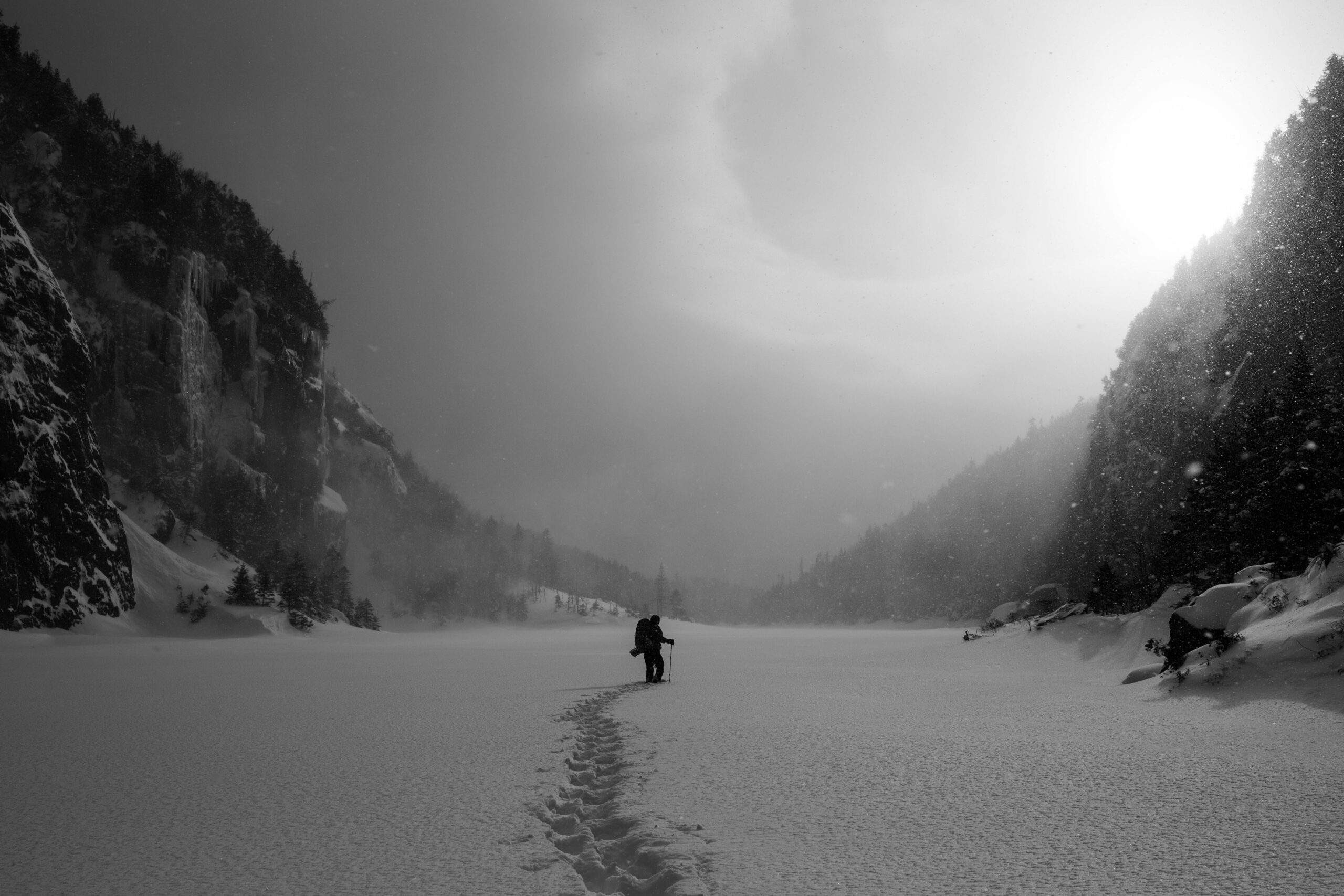
Image description: A lone hiker trudges uphill through heavy snowfall while battling harsh winds.
Choosing Your Gear Like a Pro
Optimist You: “Following these steps will make prepping easy!”
Grumpy You: “Ugh, fine—but only if coffee’s involved.”
What Makes Great Snowshoes?
Not all snowshoes are created equal. For starters:
- Choose between flat terrain models (for beginners) and aggressive crampons (for steep climbs).
- Look for bindings that adjust quickly without freezing your hands off.
- Weight matters—a lightweight frame means easier walking.
Boots That Beat the Cold
If there’s one rule to live by, it’s this: No fashion over function. Look for insulated, waterproof boots rated for sub-zero temps. Bonus points if they have removable liners for drying out after sweaty treks.
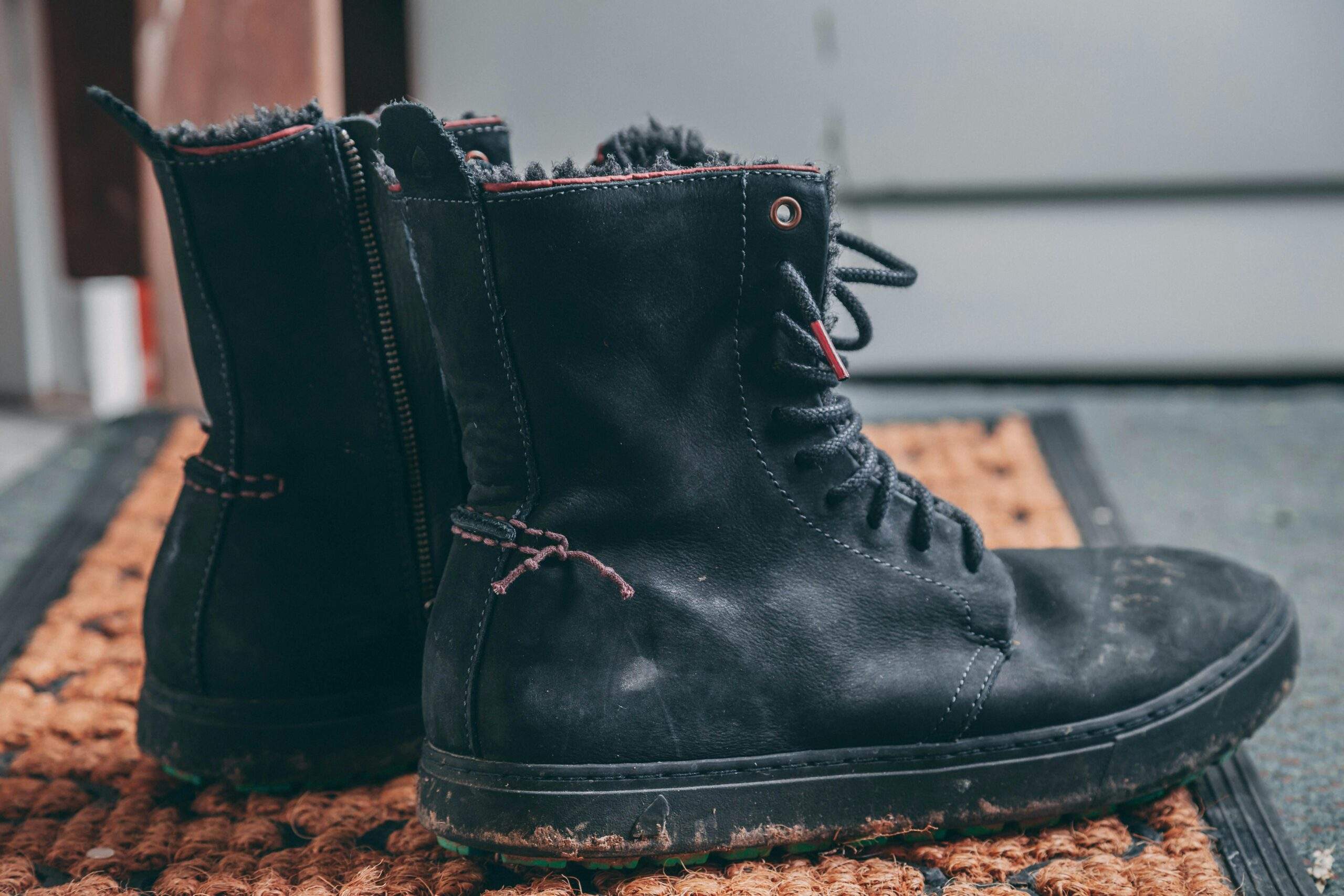
Image description: Close-up view of high-performance, fur-lined winter boots designed for extreme cold.
Layer Up Smartly
The secret? Think onions—not pancakes. Layering traps heat effectively, so opt for moisture-wicking base layers, insulating mid-layers, and windproof shells. Avoid jeans—they soak up water like sponges.
Best Practices for Happy Trails
To keep both body and spirits high, follow these tried-and-true hacks:
- Pack Backup Socks: Trust us; swampy socks ruin every vibe.
- Hydration Matters: Dehydration sneaks up faster in cold air. Bring a thermos of warm tea!
- Terrible Tip Alert: Skipping sunscreen is dumb—even on cloudy days, UV rays reflect off snow.
Rant Section: Why Cheap Gear Sucks
Okay, confession time: Last year, I skimped on a bargain-brand jacket. Sure, it looked cool online, but guess what happened when I hit -10°C temps? Yep, *zero insulation*. I ended up buying a quality puffer anyway—one day later and $300 poorer. Lesson learned: Save yourself heartache and invest upfront!
Real Stories, Real Lessons
Meet Sarah, who swears by her thermal leggings and never leaves home without hand warmers taped inside her mitts. Then there’s Jake, whose $200 investment in microspikes saved him from sliding face-first down a glacier. Stories like these remind us why prep beats regret every time.
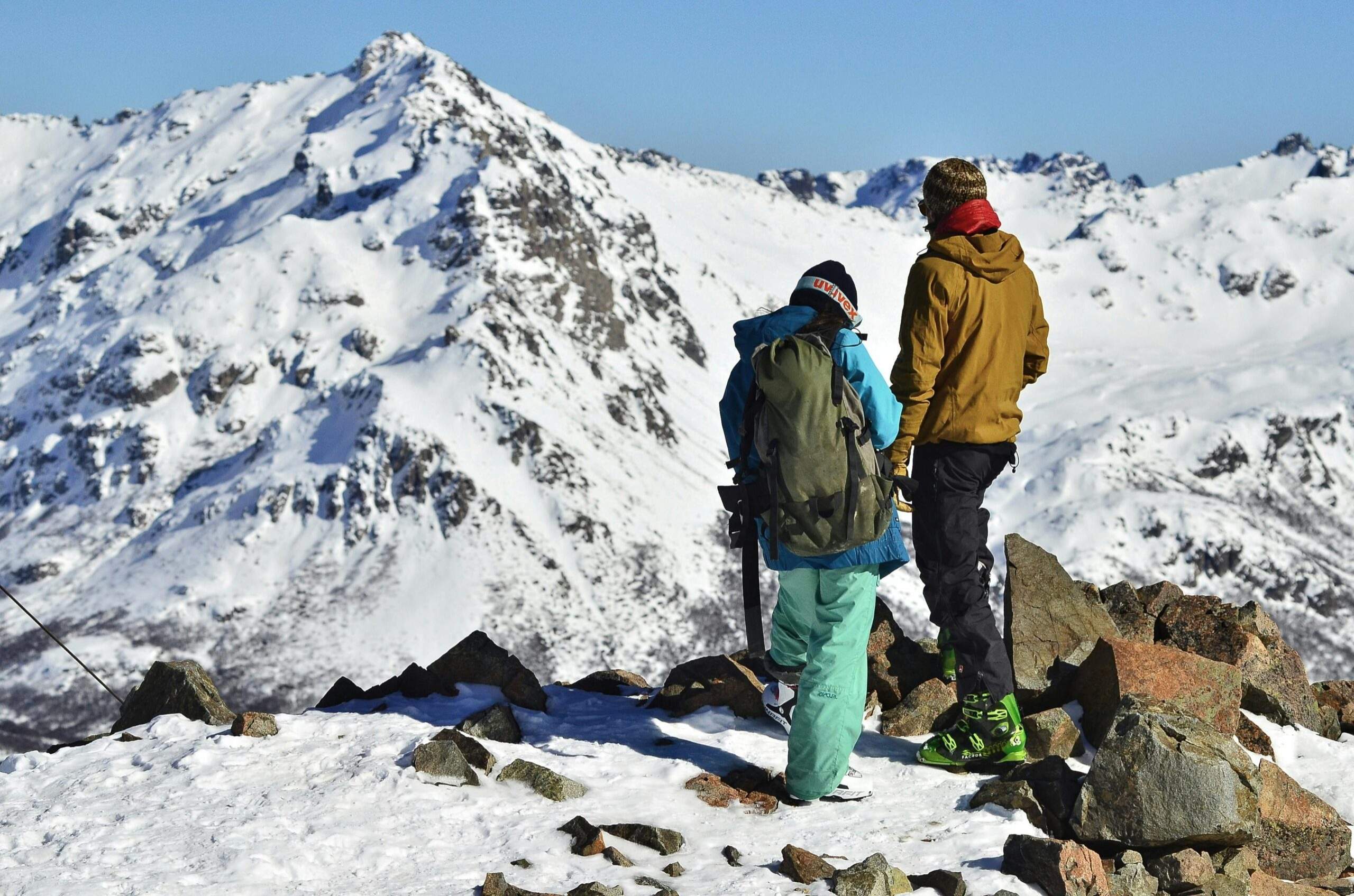
Image description: Two smiling hikers raise their arms victoriously atop a snow-covered summit.
Frequently Asked Questions About Winter Hiking Gear
Q: How much should I spend on snowshoes?
A: Entry-level options start around $150, but serious adventurers may need premium models closer to $300.
Q: Do I really need goggles?
A: Yes, especially if it’s windy or sunny. Protect your eyes from glare and flying debris.
Q: Can I rent gear instead of buying?
A: Absolutely! Local outfitters often carry high-quality rentals perfect for beginners.
Conclusion
Gearing up for winter hikes doesn’t have to be intimidating—or expensive—if you know where to focus. Remember to prioritize warmth, comfort, and durability, and don’t forget to layer wisely. With this guide in hand, you’ll hit the trails feeling unstoppable.
Now go enjoy that crisp mountain air—and hey, maybe throw in a fist pump à la Napoleon Dynamite as you reach the summit. Because conquering Mother Nature deserves a little flair.
“Snow crunches beneath my boot, reminding me winter is fleeting—but adventures last forever.”
